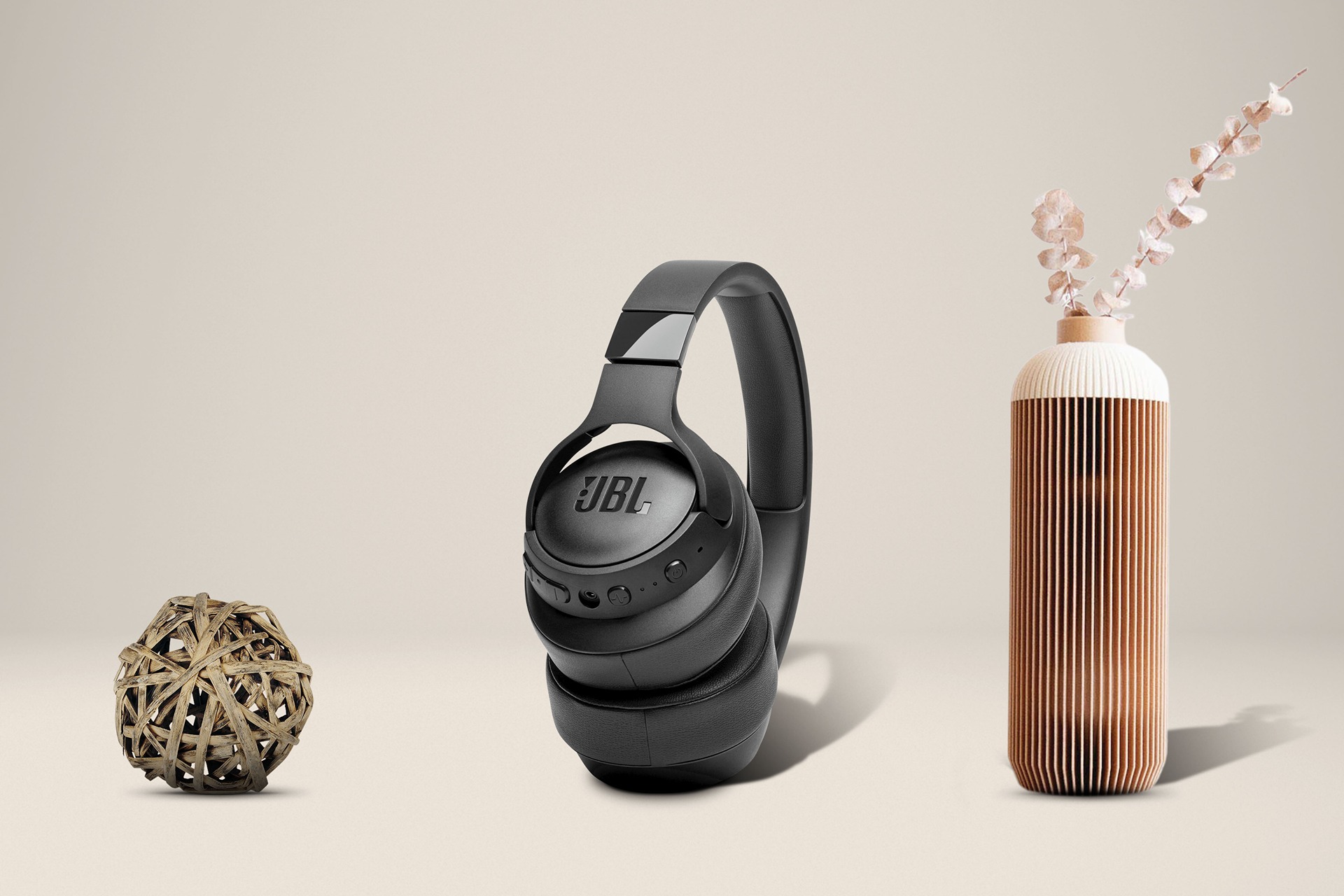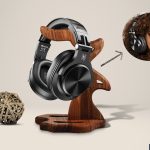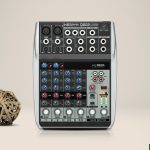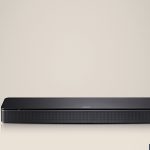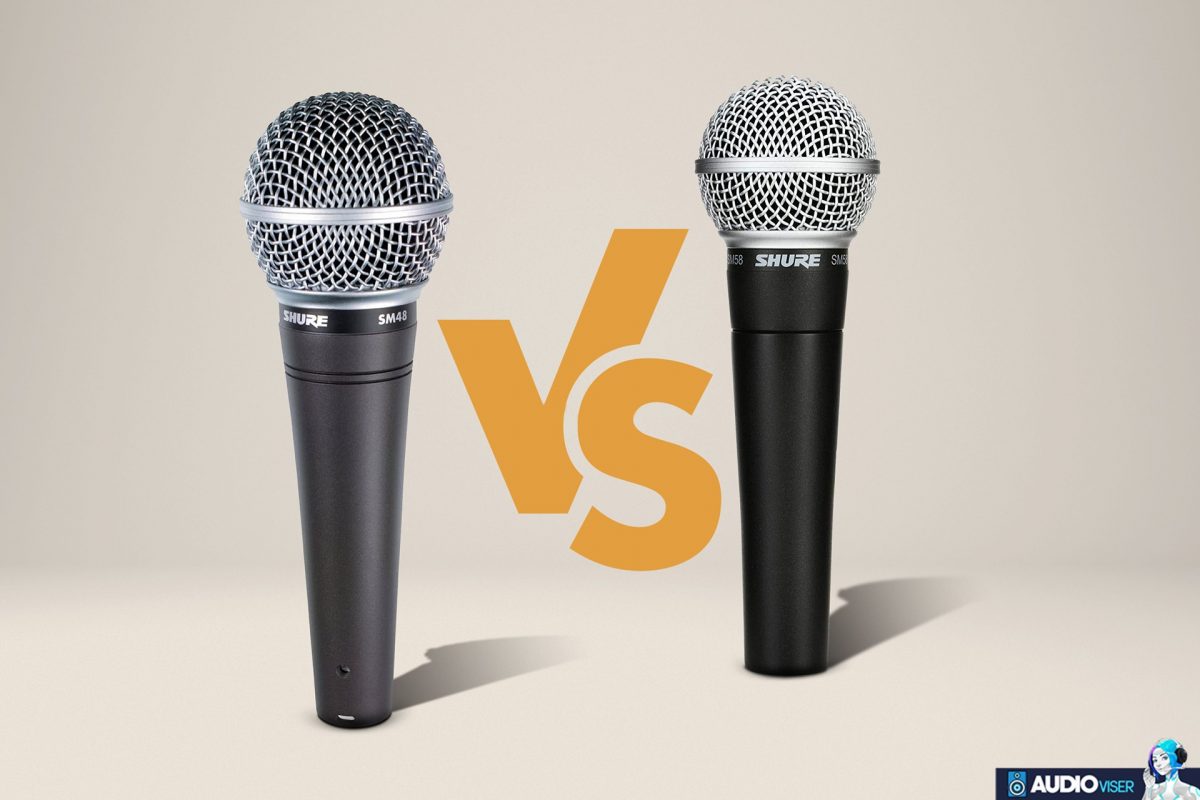
A brand that began working in 1925, Shure is one of the most prominent names of microphones, as their launches keep advancing.
I think you are having doubts about choosing between two great Shure microphones, Shure SM48 and Shure SM58. You can be sure that you are at the right place at the right time!
In this article, I will make a deep comparison regarding the main topic of SM48 vs. SM58 microphones from Shure! Let’s start!
A brand that began working in 1925, Shure is one of the most prominent names of microphones, as their launches keep advancing.
I think you are having doubts about choosing between two great Shure microphones, Shure SM48 and Shure SM58. You can be sure that you are at the right place at the right time!
In this article, I will make a deep comparison regarding the main topic of SM48 vs. SM58 microphones from Shure! Let’s start!
Introducing the Microphones: Shure SM48 and Shure SM58
The first thing I would like to mention in this article is an overview of these two microphones. Let me introduce them to you in the easiest way possible!
Shure SM48
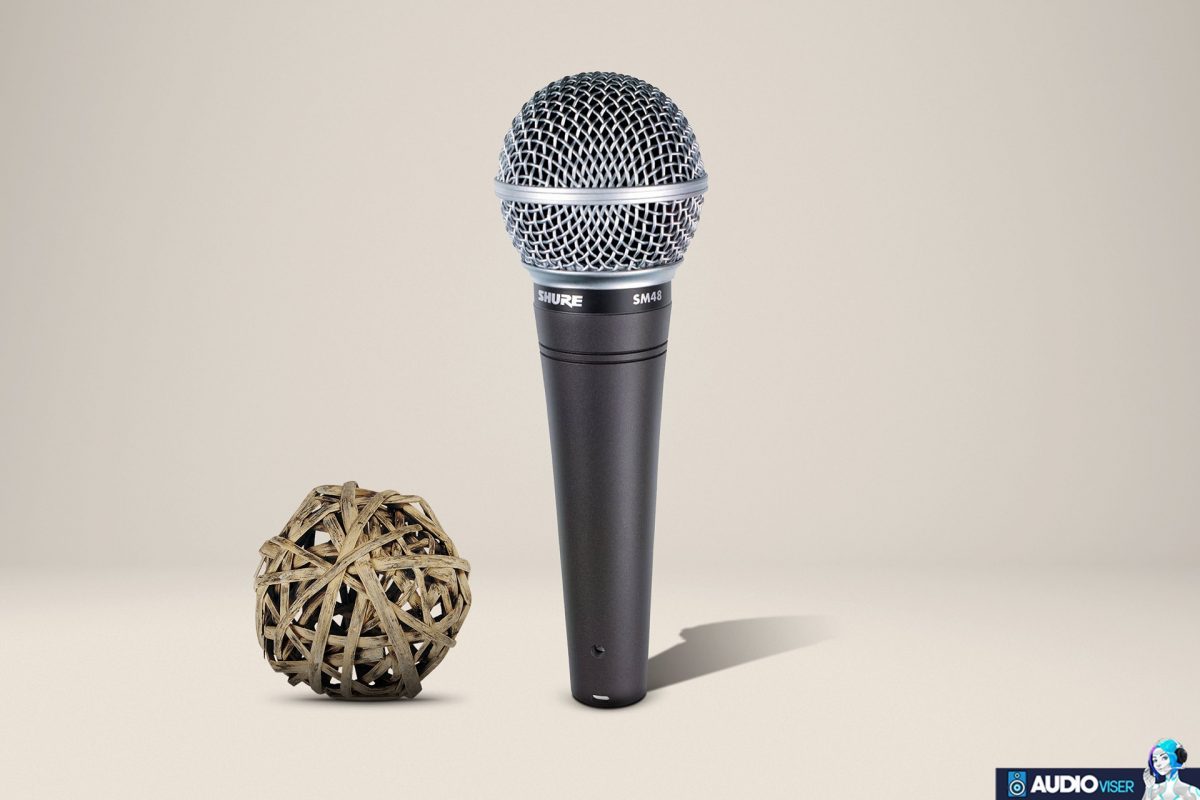
Shure SM48 is one of the most incredible launches made by the Shure brands. It is known as the old but gold because it was launched at the beginning of the 2000s.
Shure SM48 is one of the most incredible launches made by the Shure brands. It is known as the old but gold because it was launched at the beginning of the 2000s.
Specifications and characteristics of Shure SM48
- Type: Dynamic
- Polar Pattern: Cardioid/Unidirectional
- Frequency Range: 55 Hz – 14 kHz
- Impedance: 150 ohms
- Sensitivity: -57.5 dBV/Pa at 1kHz
- Connection: XLR Connector
- Color: Black
- Dimensions: 10.4 x 4.9 x 3.4 inches
- Weight: 1.25 pounds
Shure SM58
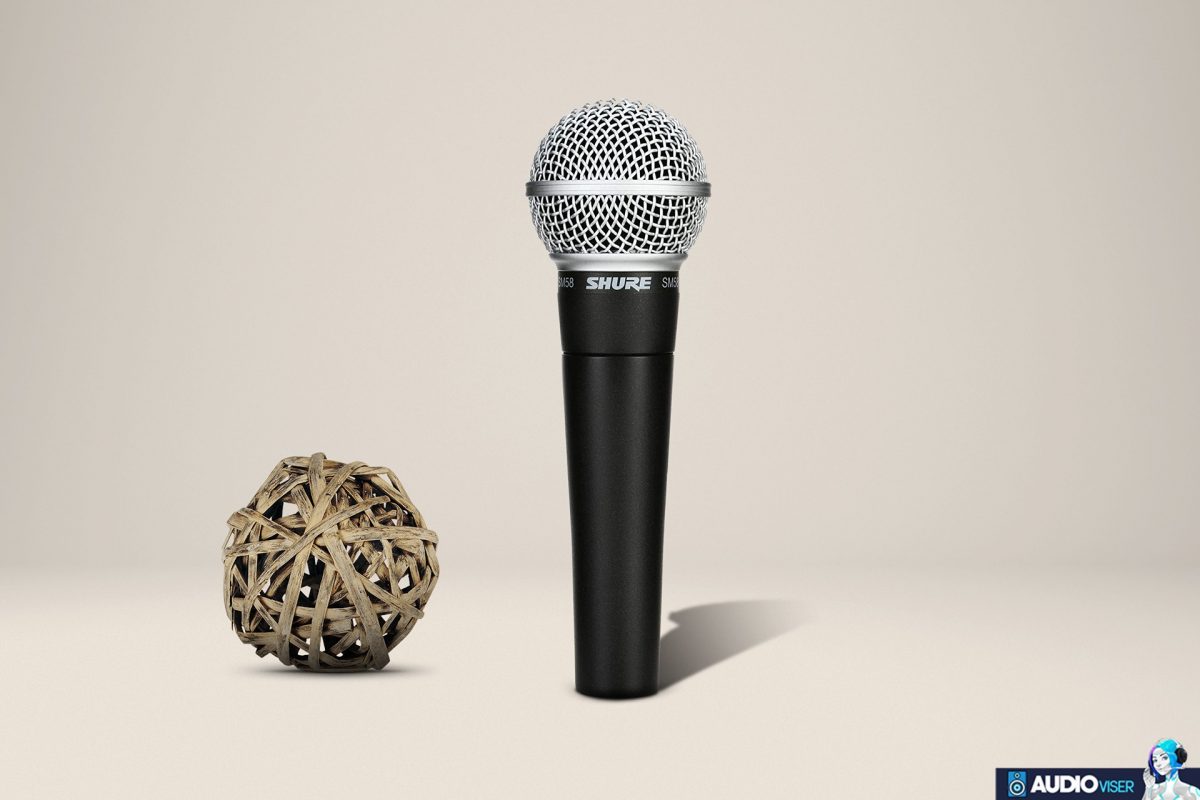
I am pretty sure you think that Shure SM58 is an upgrade of SM48, and I won’t say you are wrong. Shure SM58 is an upgrade launched four years after the SM48.
This microphone is for super versatile use and is being used widely worldwide by many professionals for live recordings and studios. It aims to work precisely for both beginners and professionals in the sound world.
Specifications and characteristics of Shure SM58:
- Type: Dynamic
- Polar Pattern: Cardioid/Unidirectional
- Frequency Range: 50 Hz – 15 kHz
- Impedance: 300 ohms
- Sensitivity: -56 dBV/Pa at 1 kHz
- Connection: XLR Connector
- Color: Black
- Dimensions: 10.31 x 4.92 x 3.31 inches
- Weight: 1.1 pounds
Shure SM48 vs. Shure SM58: Heat-to-Head Comparison
Now that you know who they are and what they are used for, I would like to start stating their differences and similarities, and hopefully, in the end, you’ll come up with a decision regarding who the winner is.
What kind of microphones are they? – Type
Both Shure SM48 and Shure SM58 are dynamic microphones! As they are dynamic, these microphones are perfect to use while working with the addition of the coil diaphragm, which moves whenever there is sound or voice. By the way, dynamic microphones generally are pretty versatile while in use.
Are they similar in appearance? – Design and Build
You will be thrilled to notice that they have a similar look in general, as both SM48 and SM58 come in black color, and they include the steel grey grille covering the top part of the microphones.
However, you will notice the size and weight difference when holding them in hand. Shure SM48 is a little bit bigger and heavier than SM58, making the SM58 one of the best lightweight microphones.
As for the build or the construction part, there is a combination of metal and plastic in both microphones, which makes them durable enough to withstand years of usage.
Is there a specific connection? – Connectivity and Compatibility
Another similarity that these two microphones have is the connection part. You shouldn’t expect wireless connection at all because these Shure microphones work fully wired as they both come with an XLR cable that gets them connected to any device you own, of course, as long as they have the XLR plug (which most have).
Are they good at picking up the voices? – Polar Pattern and Noise
Shure SM48 and Shure SM58 have the same polar pattern of cardioid and pick up the sound in the same unidirectional way. As much as you check out anything when trying to choose a microphone, it is the polar pattern that will show how the voice is picked up, meaning in direction.
Shure SM48 and Shure SM58 hate noise and are not in a good relationship with it. Shure SM48 owns a shock-mounted cartridge and a pop filter that eliminates unexpected noise and even the tiny breaths that may come out of your mouth while speaking and using this microphone. Shure SM58, on the other hand, works with a pneumatic shock mount system which releases the mic from any vibration or mechanical noise that may surround you.
How is the sound performance? – Sound Quality
When it comes to the performance of these two microphones, they are both known to bring out crisp, clear sound and detail at every frequency.
However, what you should have in mind is the difference in the frequency range, as Shure SM48 works at 55 Hz – 14 kHz; meanwhile, on Shure SM58, it is from 50 Hz to 15 kHz.
This difference in the sound frequencies tells you that Shure SM48 is better in the mids; meanwhile, Shure SM58 covers a broader frequency range and works well in lows, mids, and highs.
Final Words
To sum up, I believe we all went through a battle regarding SM48 vs. SM58 from the unique Shure brand!
It is essential to know that Shure SM48 and Shure SM58 are similar microphones that offer excellent voice pick-up, are durable, and have great sound quality. Anyways, if you are a fan of mid frequencies, I guess the winner is Shure SM48, and if you want better coverage of frequencies at all levels, your ideal choice would be SM58.
Yet again, I hope that this article was helpful enough to guide you and help you choose between SM48 and SM58!
Further Reading
There is some more reading for you. Of course, if you liked what you have read so far, you can carry on.
There is an interesting blog on how to make headphones more comfortable. Also, try wearing headphones over a hoodie. Find out if it is a good idea.
There’s also a difference between the sound formats like AAC and FLAC.
Mix & Mastering
I love to get my hands on all sorts of audio equipment, from headphones and speakers to audio interfaces. I love putting these products through their paces and seeing what they can do.



